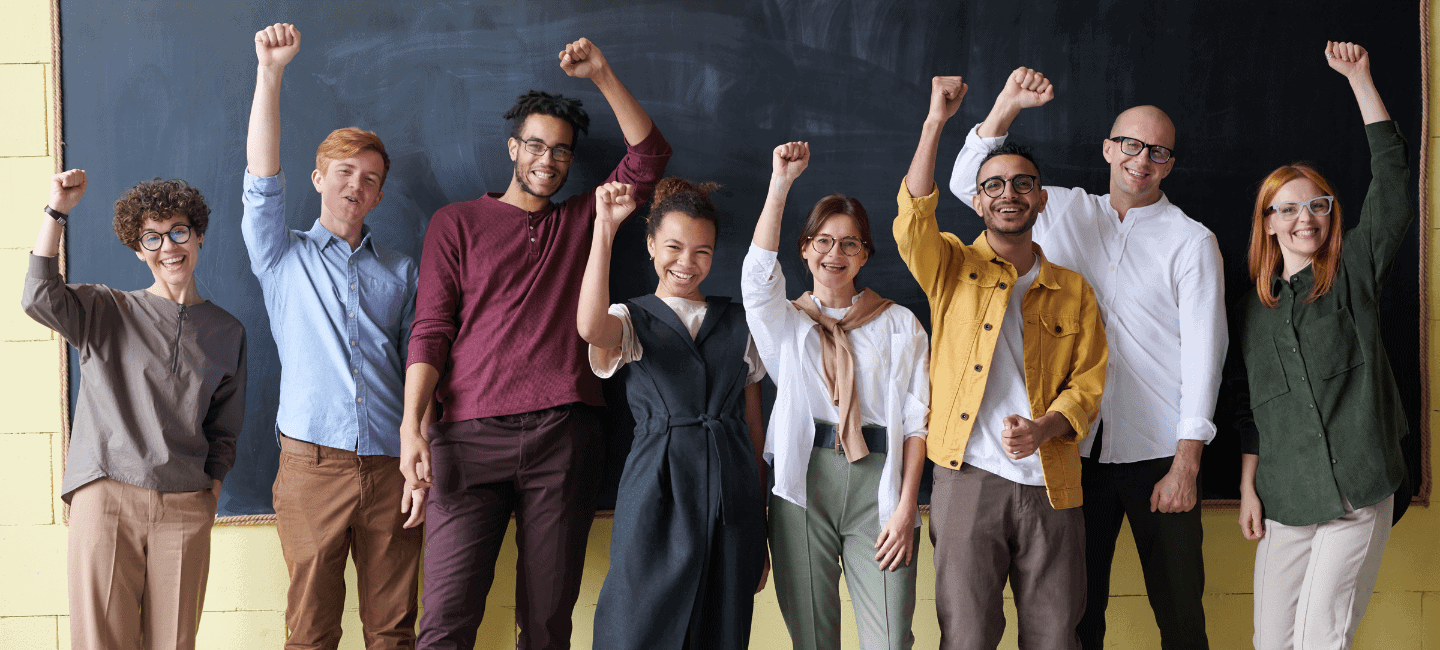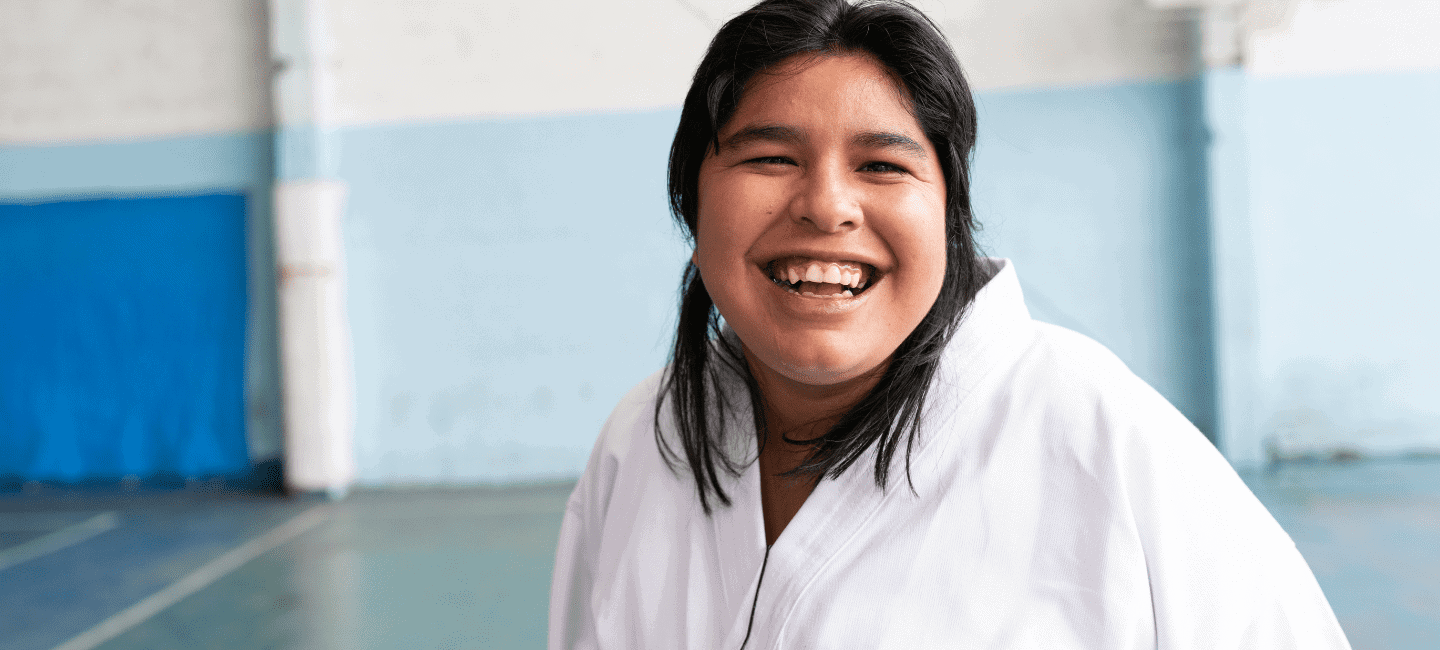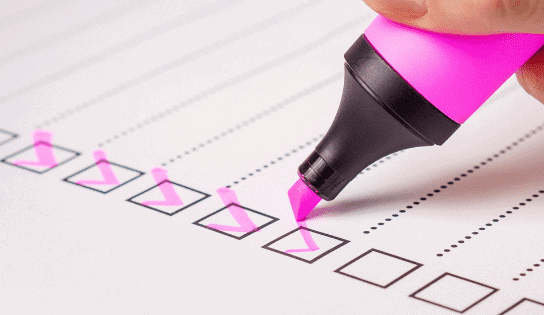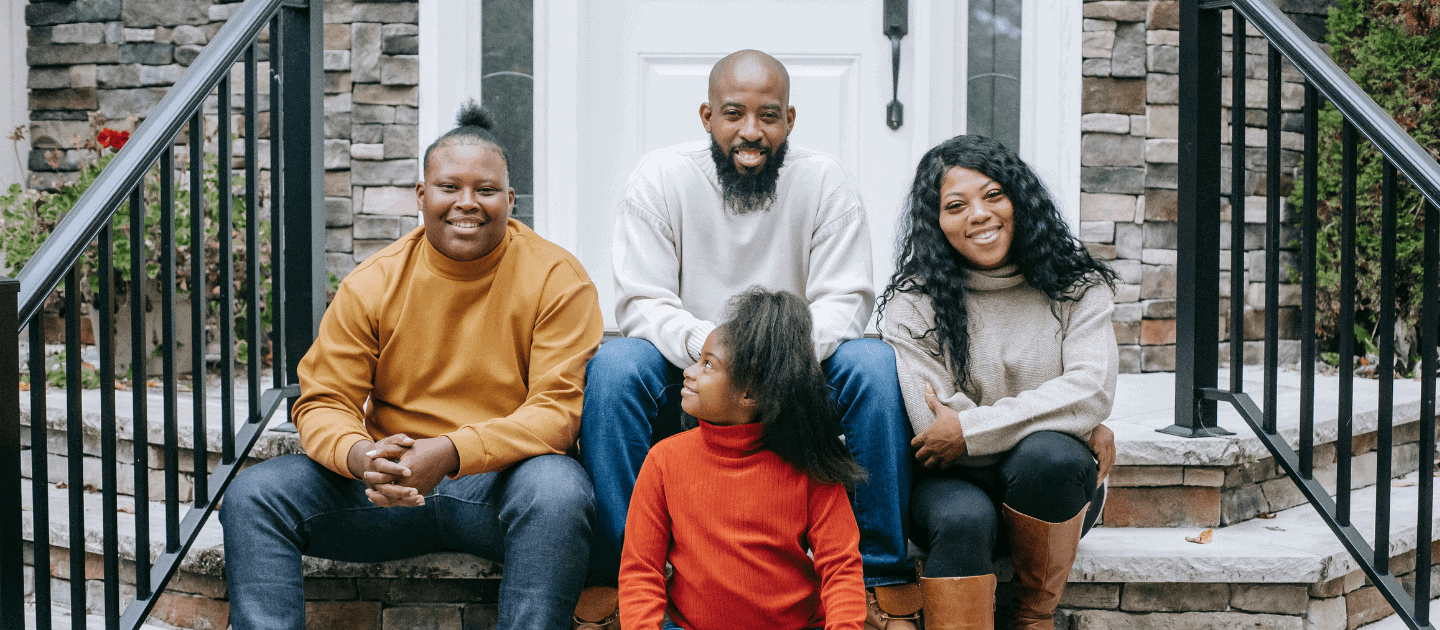My Golden Rule: Surround Yourself with Good People

I think we can all agree that the early years of teaching are overwhelming. There are a lot of things to learn and navigate through, but the golden rule for success is to surround yourself with good people. It is important to find the positive, supportive, and enthusiastic teachers around you and stick close by them. Just like a young seed growing in a garden, thriving in your early years of teaching depends largely on who you plant yourself next to.
How Caregivers Fare in the Transition from Early Intervention to Early Childhood Special Education

This study was conducted to highlight the experiences of caregivers in the transition from Early Intervention to Early Childhood Special Education.
Key Ingredient of High-Quality Transition Programming for Youth with Disabilities

The success of transitions to postsecondary life is significantly affected by the size of transition networks within and beyond the school system, which includes the range of professional roles and services offered, and the effectiveness of the collaborations within these networks.
How to successfully end your current school year and prepare confidently for the year ahead

When thinking about how to end your school year on a strong note, it will be important to keep both the teacher and student focus in mind for your planning.
How Adolescents Grow in Times of Stress

Research has recently focused on how the Covid-19 pandemic has negatively affected the mental health of the population, especially amongst adolescents.
